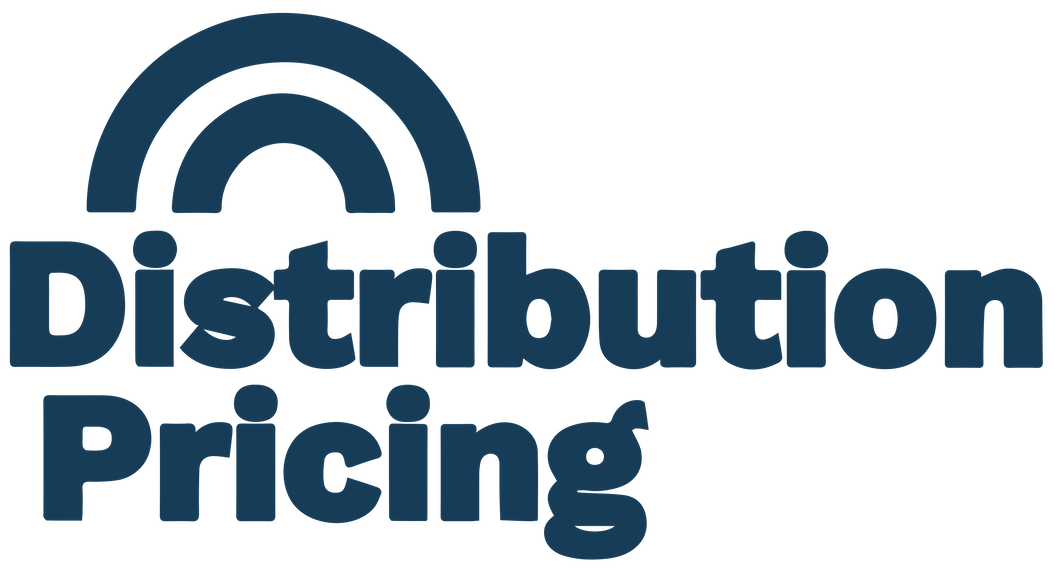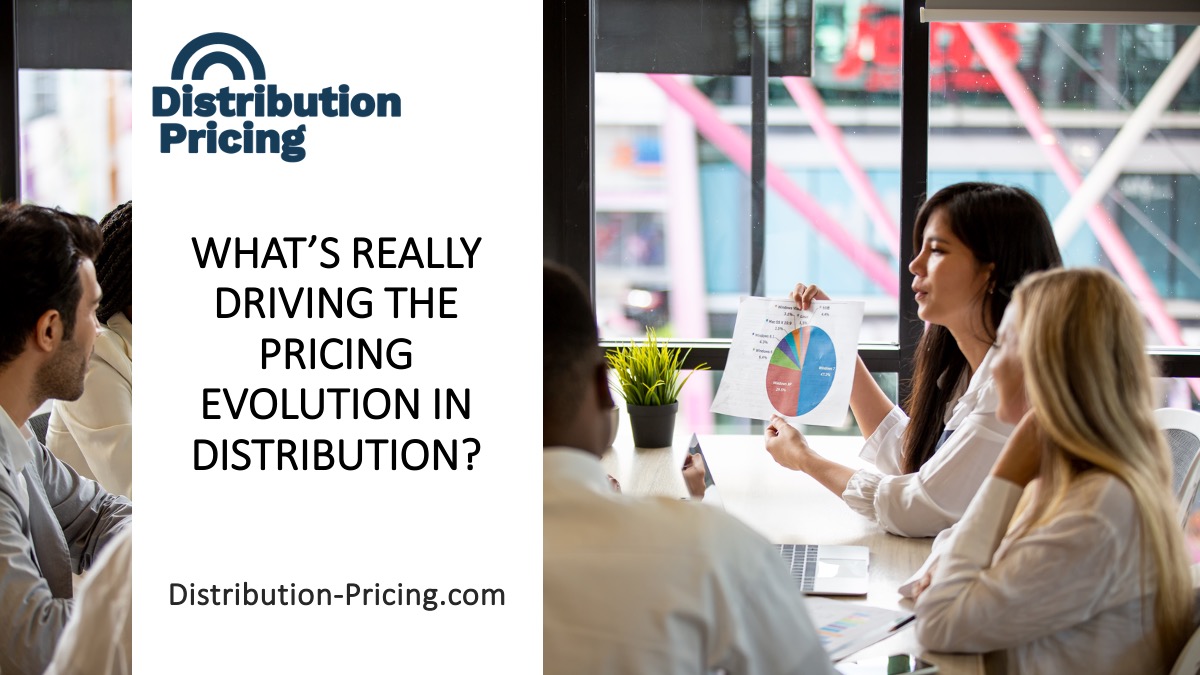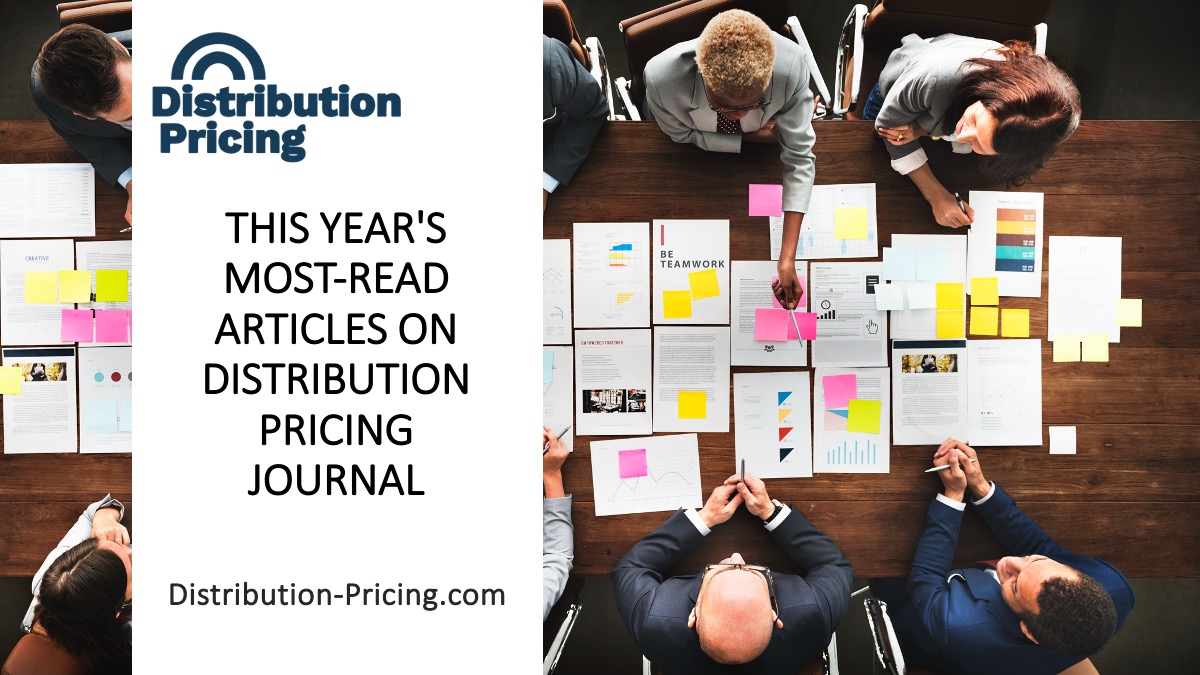Pricing is the battleground where wholesale distributors compete for profitability and market share. More distributors…

Working With Suppliers on Cost Relief
It is more important than ever to work closely with your suppliers on cost relief. Inflation has shown signs of easing lately, but its impact is still being felt across all areas of the distribution industry. Increased prices are the new normal as the general prices of goods and services is rising for manufacturers, distributors and product end users. There are lingering structural elements in the economy that are complicating cost increases for distributors.
- Supply Chain Disruptions: The pandemics affect on global supply chains is still being felt. Manufacturers and distributors are still facing shortages of raw materials and components in various industries as parts of the economy are still rebalancing. This leads to increased production costs which ultimately flow through the distributor and to the end users. Add to this issues with shipping delays, port congestions and other logistics backlogs and you still have a bit of a pricing dilemma for distributors.
- Changing Demand Patterns: All of these factors have led to shifts in purchasing behavior. Remote work has shifted demand for new building in suburban areas, and demand for home appliances, electronics, and furniture has surged. There are many imbalances due to shifting demand patterns combined with delays in supply that are driving up prices in many areas.
- Labor Shortages: The durable goods distribution industry is heavily reliant on human resources for manufacturing, warehousing, and transportation. While there are some signs that labor is losing some leverage in certain markets, much of the economy still faces labor shortages across the durable goods sector. Fewer workers mean higher wages and that can contribute to increased production and supply chain costs.
This is why it is more critical than ever to maintain good relationships with your suppliers to seek cost relief in completive situations. Your suppliers will typically take a long view and will not seek to gouge you in the short run, especially they see you as a long term, data-driven partner in navigating this tricky economy. Like you, your suppliers want to mitigate the effects of inflation and adopt new pricing and competitive strategies to hold and grow market share. You can work together to stay informed about the latest economic trends and developments and collaboration with your suppliers only becomes more crucial for distributors to navigate the challenges posed by inflation. (Editor’s Note: Our friend Daniel Cakora has a nice write up on his LinkedIn profile about how inflation could be declining for distributors yet there are still significant challenges in warehousing and transportation: May 2023 PPI Results: Inflation Hits the Brakes; Goods Go Negative)
Open Communication: Laying the Foundation for Supplier Collaboration
Open communication is the cornerstone of any successful collaboration. By initiating a transparent and honest dialogue with your suppliers, you can create an environment where both parties feel comfortable discussing the challenges they face due to inflation and increased competition.
Don’t wait until problems escalate. Reach out to your suppliers as soon as you notice signs of inflationary pressure or increased competition impacting your business. Clearly communicate your objectives and expectations regarding cost relief efforts. Ensure that your suppliers understand the reasons behind your request and the potential consequences if a solution is not found. Suppliers rely on you for data and insights – things like such as market trends and consumer preferences – to help them better understand the challenges you’re facing and the need for cost relief measures.Be open to listening to your suppliers’ concerns and challenges as well. Understanding their perspective will help you identify opportunities for collaboration and build a stronger relationship.
Be A Thought Leader for Your Suppliers
You play a crucial role in building a bridge between manufacturers and end-users. Your are essentially the link that connects manufacturers with their target customers You make sure that products reach the right audience at the right time. Distributors have access to valuable data and direct end-user behavior, making them essential assets for manufacturers to gain insights into the market and its trends.
- Provide financial data: Share relevant financial information, such as profit margins, operating costs, and sales figures, to show how inflation and competition are impacting your business. This can help suppliers understand the urgency of your request for cost relief.
- Benchmark against competitors: Gather data on competitor pricing and market trends to demonstrate how your current costs affect your competitiveness in the market. This can help suppliers see the need for cost relief to maintain a competitive edge.
- Explain the impact on sales: Clearly articulate how high costs are affecting your ability to sell products and meet customer demands. Provide specific examples of lost sales opportunities or declining market share due to pricing pressures.
- Highlight industry trends: Present information on industry-wide trends, such as increased raw material costs, labor shortages, or global economic factors that contribute to the need for cost relief. This can help suppliers understand the broader context of your request.
- Showcase efficiency efforts: Demonstrate the steps you have already taken to reduce costs and improve efficiency within your own operations. This can help reassure suppliers that you are not solely relying on them for cost relief and are actively working to address the issue internally as well.
- Present a long-term vision: Share your strategic plans for the future, including growth projections and market expansion goals. Instead of talking about one-off discounts, emphasize the role that pricing collaboration can play in your long-term vision for your partnership.
- Offer mutual benefits: Propose ways in which cost relief can provide benefits to the supplier, such as increased order volumes, long-term contracts, or joint marketing initiatives. This can help create a win-win scenario and make the supplier more inclined to consider your request.
- Share customer feedback: Provide testimonials or feedback from customers expressing concerns about pricing or affordability. This can help suppliers understand the direct impact of their pricing on your end customers and the need for cost relief.
- Provide a detailed action plan: Prepare a comprehensive proposal outlining the specific cost relief measures you are requesting and the expected impact on your business. This can help suppliers see the tangible benefits of providing cost relief and make it easier for them to evaluate your request.
- Maintain open communication: Keep the lines of communication open with your suppliers and engage in ongoing dialogue about your needs and challenges. Building a strong, collaborative relationship can make suppliers more receptive to your requests for cost relief.
Working Together on More Than Just Costs
Suppliers want a real strategic partner. Presenting real strategic ideas to your suppliers, rather than just focusing on obtaining lower pricing, is one of the best ways to show your suppliers you are a high quality partner. By focusing on strategic initiatives and not just cost relief, distributors can demonstrate their commitment to mutual success and establish trust with their suppliers, which ultimately leads to a more productive and profitable partnership.
By demonstrating a commitment to long-term success, businesses can build stronger relationships with their suppliers. This encourages suppliers to invest in the partnership, leading to better collaboration, improved product quality, and increased reliability. When distributors present strategic ideas to suppliers, it encourages both parties to think creatively and explore new opportunities together. This collaborative approach can lead to innovative solutions that help both the business and the supplier stay ahead of the competition.
Suppliers know that you need cost relief in many different situations, but they want to take a sustainable long-term approach, not just discounting in one-off deals. While seeking lower pricing may result in short-term cost savings, developing strategic partnerships with suppliers can lead to more significant savings over time. Suppliers who feel valued and engaged are more likely to work with businesses to identify opportunities for cost reduction and process improvements. By working closely with suppliers and sharing strategic ideas, businesses can better anticipate and plan for potential risks in the supply chain. This proactive approach can help minimize disruptions and ensure that both parties are prepared to respond effectively if issues do arise. A focus on long-term success and mutual growth helps create a more sustainable business model. When suppliers see that you are committed to their ongoing success, they are more likely to support your growth plans and provide resources to help achieve those goals.
Here are some areas we’ve seen distributors propose to their suppliers.
- Review bulk purchasing: Offer to increase your order volume in exchange for a reduced price per unit. This can help suppliers achieve economies of scale and grant you cost relief.
- Propose long-term agreements: Propose entering into a long-term contract with your supplier, which can provide them with business stability and potentially lead to lower prices for you as a loyal customer.
- Joint cost-saving initiatives: Collaborate with your suppliers to identify areas where you can work together to cut costs, such as streamlining logistics, reducing packaging materials, or implementing energy-saving measures in manufacturing processes.
- Alternate payment terms: Negotiate more flexible payment terms, such as extended payment periods or discounts for early payments. This can help alleviate cash flow issues and make it easier for you to absorb cost increases.
- Product substitutions or modifications: Explore the possibility of using alternative, less expensive materials or components without compromising product quality. This can help reduce production costs for your supplier and lead to cost relief for you.
- Consolidating suppliers: Consider consolidating your purchases from multiple suppliers into one or a few strategic partnerships. This can lead to better pricing due to increased order volumes and reduced logistical costs.
- Maximize your performance-based incentives and rebates: Use technology to make sure you are doing everything you can to maximize your rebates. (Editor’s Note: Read more about how technology can up your rebate game.)
- Sharing market intelligence: Share information about market trends, competitor pricing, and customer preferences with your suppliers. This can help them better understand the competitive landscape and the need for cost relief.
- Regular reviews: Schedule periodic meetings with your suppliers to discuss performance, cost-saving opportunities, and areas for improvement. This ongoing dialogue can help maintain a strong relationship and encourage suppliers to be more receptive to your cost relief requests.
Developing a collaborative and transparent relationship with suppliers is imperative for distributors seeking long-term success. By working closely with suppliers on cost relief strategies, maintaining open lines of communication, and presenting long-term strategic plans for growth, businesses can foster mutually beneficial partnerships that extend beyond mere one-off discounts. These strong relationships lead to improved innovation, increased efficiency, and a shared commitment to sustainable growth. By prioritizing the cultivation of lasting connections with suppliers, businesses can enjoy a competitive edge in the market and ensure a prosperous future for all parties involved.



